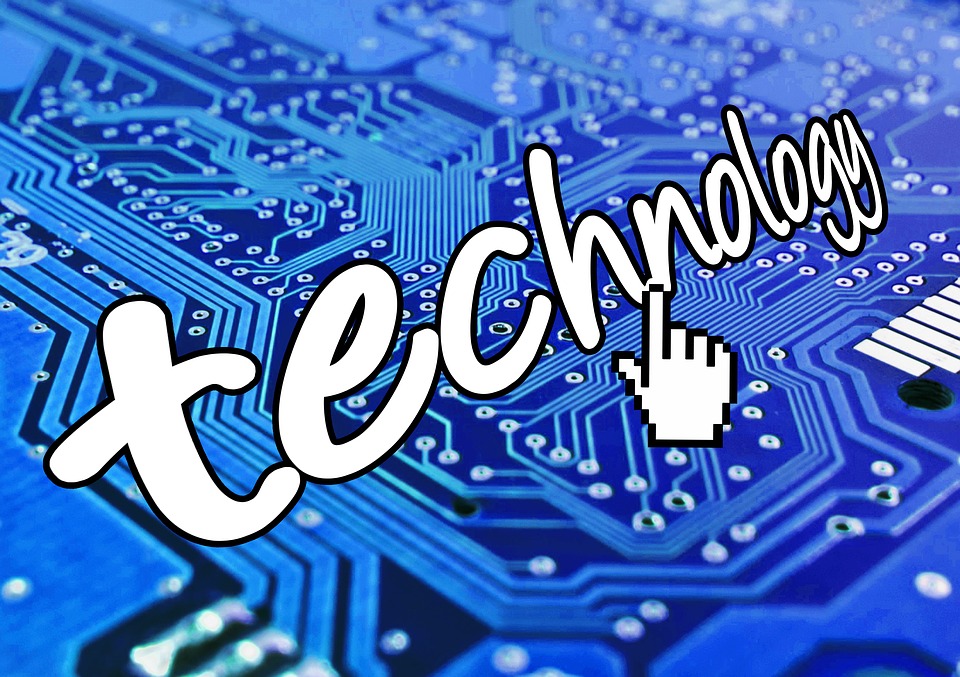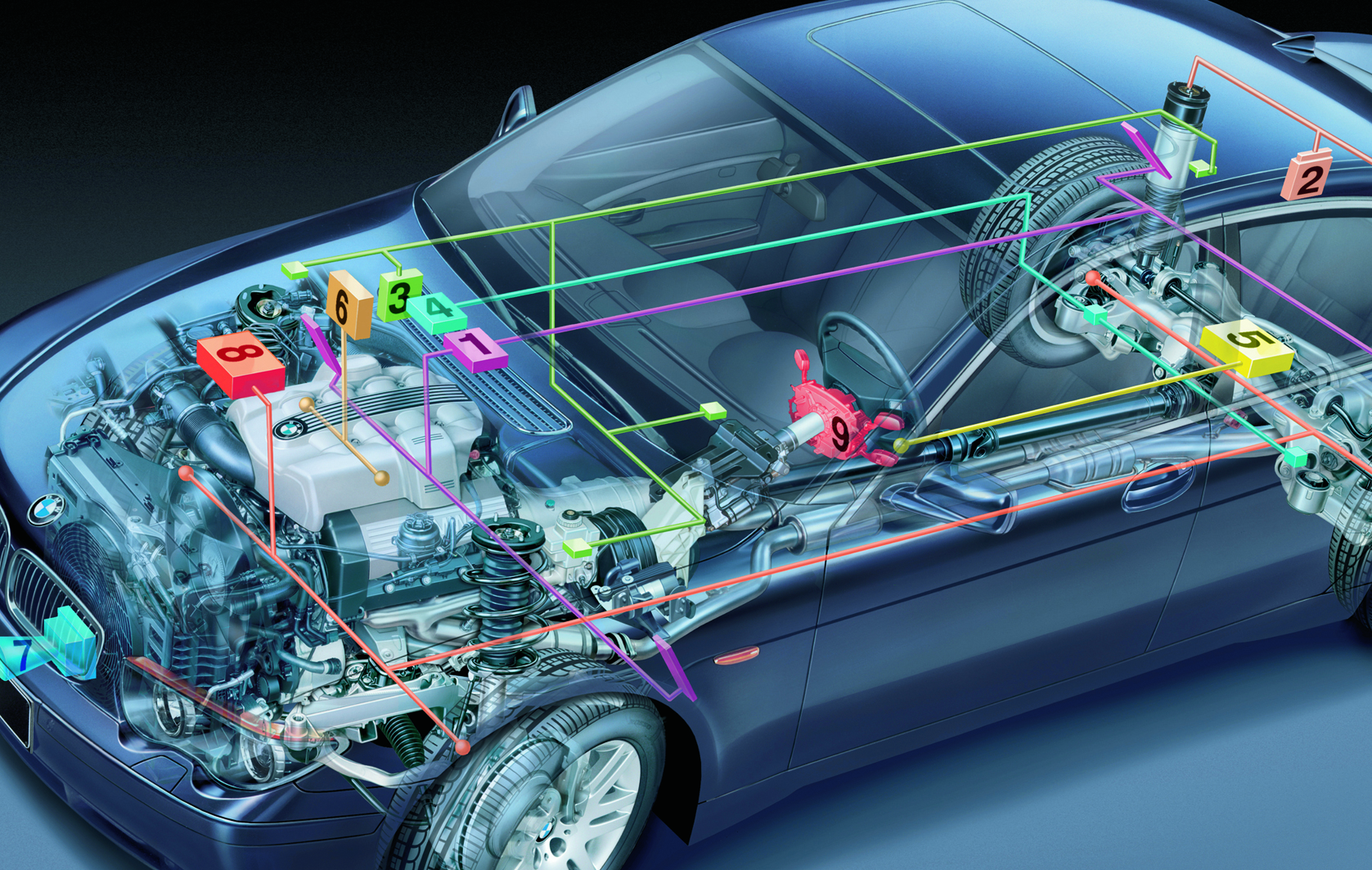Sleep plays an essential role in our physical and mental well-being, and when we don’t get enough sleep, it can drastically affect our health. Sleep disorders such as insomnia and sleep apnea can have serious and long-term effects on our overall health. To understand sleep disorders and improve treatments, researchers and sleep specialists have been turning to technology. In this article, we will explore the role technology plays in somnology, the study of sleep and sleep disorders.
Sleep Monitoring Technology:
One of the most widely used technologies in somnology is sleep monitoring devices. These devices are worn on the wrist or placed under the mattress, and they monitor factors such as heart rate, respiration, body temperature, and movement. This allows sleep specialists to better understand the quality and patterns of a person’s sleep, which can then be used to diagnose sleep disorders and plan individualized treatment. Moreover, sleep monitoring devices are now more affordable and widely available than ever before, enabling people to do their sleep self-assessment at home.
Virtual Reality Treatment:
Virtual reality (VR) technology has proven to be a promising development in treating sleep disorders. According to a study published on Sleep, people who were shown peaceful VR scenes of nature before going to sleep had an increase in the amount of deep sleep, which is critical for memory consolidation, healing, and feeling refreshed the next day. VR technology is also used to simulate relaxing environments, which can reduce the symptoms of nightmares common in PTSD patients.
Telemedicine:
Telemedicine is another technology changing the landscape of somnology. In light of current public health crises, telemedicine offers a contact-free way to assess and treat sleep disorders. By using virtual appointments, patients from remote or rural areas where in-person consultations are scarce, and those with mobility problems, can be easily accommodated. Moreover, patients who need to complete a sleep study do not even need to leave their homes, as testing can be conducted via portable technology.
Artificial Intelligence:
Artificial intelligence (AI) is the latest technology to have been employed in somnology. AI algorithms are trained to identify and interpret sleep data, which can be used to predict which patients are at risk of developing sleep disorders. Coupled with big data analysis, AI algorithms can also identify patterns and trends in patient sleep data that may not have been previously visible.
Technology is revolutionizing the study of sleep and sleep disorders. Sleep monitoring devices, virtual reality therapy, telemedicine, and artificial intelligence are all technologies that are improving our understanding of sleep disruptions and creating innovative approaches to diagnosis and treatment. The benefits of technology are clear from improving the diagnoses of sleep disorders to increasing patient comfort and treatment adherence. Additionally, technology has increased access to care for people who may otherwise not have the opportunity or resources to get help.
Technology is also revolutionizing how we track, monitor and analyze our sleep data. Wearables such as fitness trackers and smart watches are now able to measure heart rate and breathing patterns while you sleep, giving us insights into our sleeping habits. Sleep-tracking apps can also help pinpoint sleep disturbances and provide personalized care plans to improve sleep quality. Artificial intelligence is being used to develop more sophisticated algorithms that can detect patterns in sleep data, allowing us to make better informed decisions about our health and well-being.





